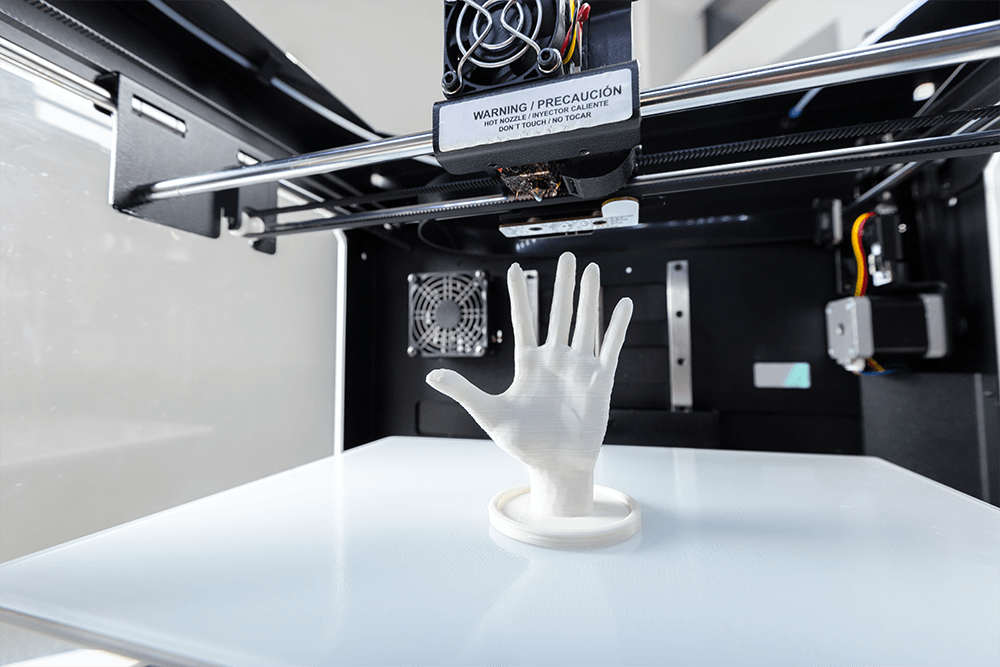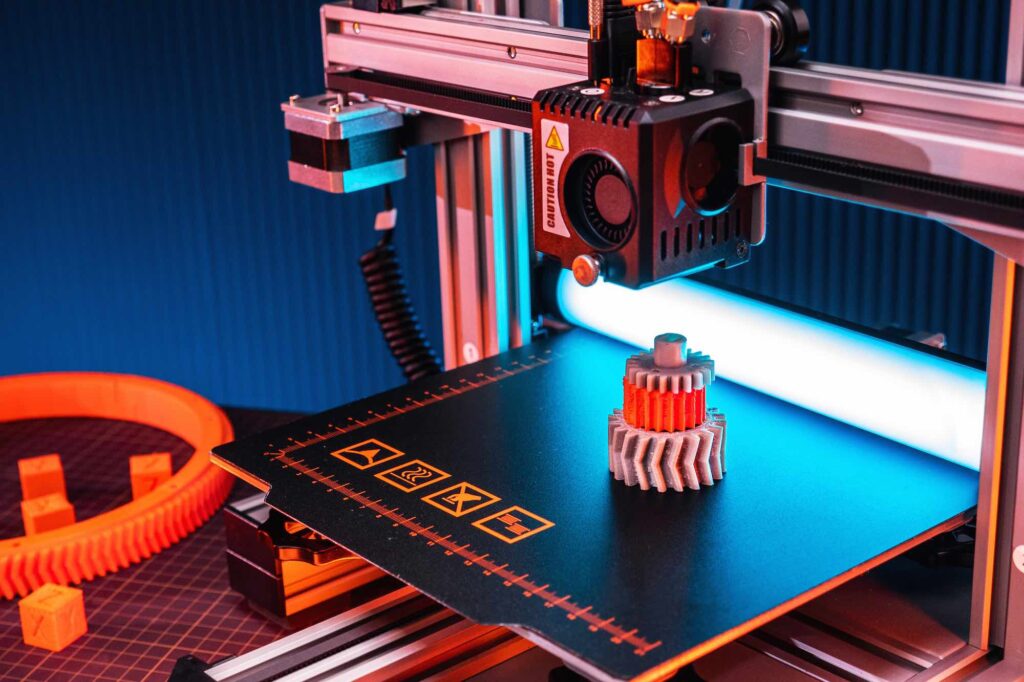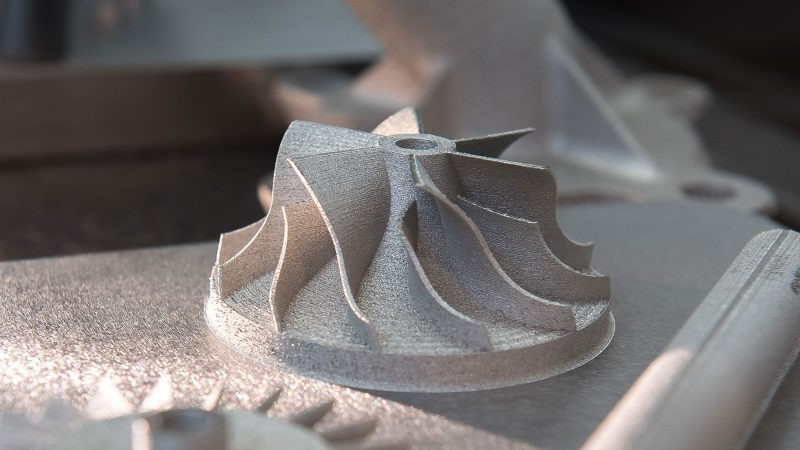3D Printing
3D printing is an additive technology used to manufacture parts. It is 'additive' in the sense that it does not need a block of material or a mould to create physical objects; instead, it simply stacks and fuses layers of material. It's usually quick, has low fixed setup costs, and can produce more complex geometries than 'traditional' technologies, with an ever-expanding list of materials. It is widely used in the engineering industry, especially for prototyping and the creation of lightweight geometries.







